Did you know that we secretly plucked a soviet submarine off of the ocean floor, used a fake movie production company to rescue six American diplomats trapped in Iran, and dug a secret tunnel beneath Berlin to spy on Soviet communications during the Cold War?
In celebration of our 75th birthday on September 18, we wanted to share with you these and other fascinating (now declassified) missions from the last 75 years.
Below, you’ll find short summaries of the missions and links to where you can learn more about each captivating tale.
* * * * *
1950: CAT Airlines/Air America
In August 1950, the CIA secretly purchased the assets of Civil Air Transport (CAT), an airline that had been started in China after World War II by Gen. Claire L. Chennault and Whiting Willauer.
CAT would continue to fly commercial routes throughout Asia, acting in every way as a privately owned commercial airline. At the same time, under the corporate guise of CAT Incorporated, it provided airplanes and crews for secret intelligence operations and missions.
In 1959, CAT was renamed Air America, but continued to fly commercial routes while providing transport for secret intelligence operations. Air America was dissolved on June 30, 1976.
https://www.cia.gov/readingroom/collection/cias-clandestine-services-histories-civil-air-transport
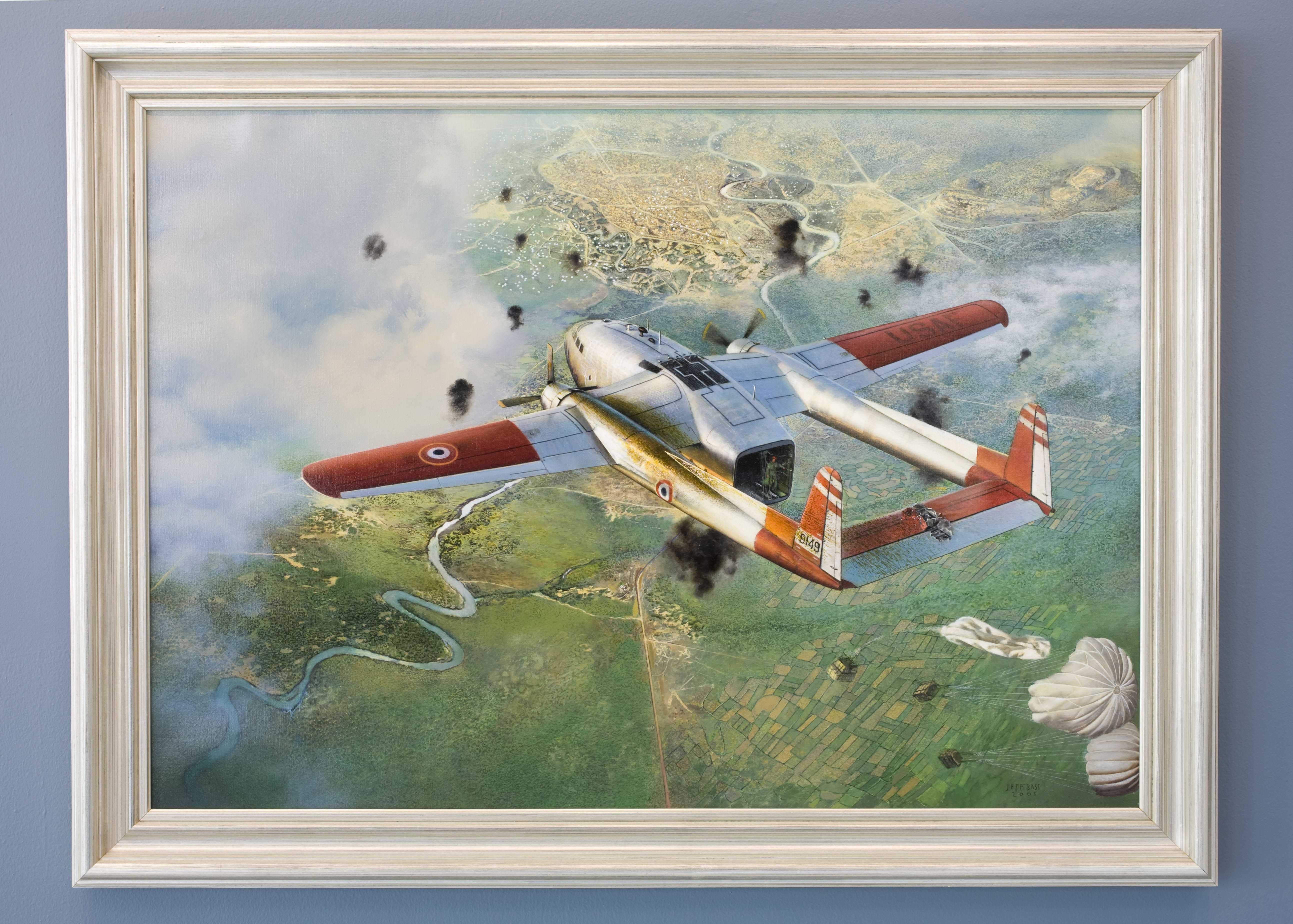
James McGovern was flying a Civil Air Transport aircraft to deliver supplies to French forces in northern Indochina when he was shot down by Communist anti-aircraft fire. This painting is part of CIA’s Intelligence Art Gallery.
1954: The U-2 Spy Plane
President Eisenhower approved the development of the U-2 aircraft on November 25, 1954. The first U-2 mission was over eastern Europe on June 20, 1956, and the first U-2 mission over the Soviet Union was flown a few weeks later on July 4.
On May 1, 1960, the Soviets shot down a U-2 flight piloted by Francis Gary Powers over Sverdlovsk. Powers survived the crash and was taken into custody by Soviet authorities. This led to the famous prisoner swap on the Glienicke Bridge in 1972 depicted in the Hollywood blockbuster, Bridge of Spies.
However, arguably the U-2s most consequential mission was on October 14, 1962, when CIA conducted overflights of Cuba. U-2 pilots photographed and confirmed the presence of Soviet nuclear missiles capable of reaching the U.S., precipitating the Cuban Missile Crisis that took place October 15-28, 1962.
https://www.cia.gov/resources/csi/books-monographs/the-cia-and-the-u-2-program-1954-1974/
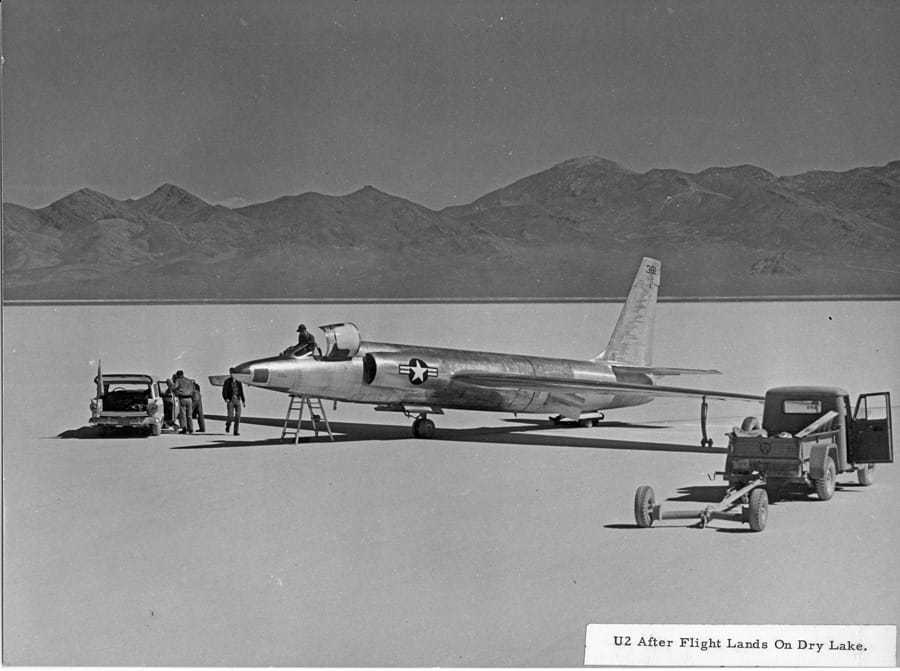
U-2 after flight at Groom Lake. Courtesy of TD Barnes and Roadrunners Internationale.
1955: The Berlin Tunnel
The Berlin Tunnel (Operation GOLD) was the brainchild of CIA officer Bill Harvey and allowed the CIA and British Intelligence (MI-6) to tap into Soviet cable lines in East Berlin. The tunnel was completed on May 11, 1954.
Unknown at the time to CIA and MI-6, the KGB—the Soviet Union’s premier intelligence agency—had been aware of the Berlin Tunnel project from its start (although they didn’t know its precise location).
George Blake, a KGB mole inside MI-6, had informed the Soviets about the secret operation during its planning stages. To protect Blake, the KGB allowed the operation to continue until April 1956 when they “accidentally discovered” the tunnel while supposedly repairing faulty underground cables.
Nevertheless, the Berlin Tunnel operation is considered a successful mission because of the troves of information we were able to collect on Soviet military capabilities and intentions.

A photograph of the Berlin Tunnel being constructed.
1957: CORONA
CIA and the U.S. Air Force begin developing the first imaging reconnaissance satellite, codenamed CORONA, on December 4, 1957.
Known to the public as the U.S. Air Force’s Discoverer program, the classified CORONA project operated during the height of the Cold War to collect pictures over the denied areas of eastern Europe and Asia.
During its operational life, CORONA collected more than 800,000 images in response to the national security requirements of the time.
https://www.cia.gov/legacy/museum/exhibit/corona-americas-first-imaging-satellite-program/

Part of the CORONA Satellite. The quality and value CORONA provided dramatically improved over its lifetime.
1962: A-12 OXCART
CIA developed a highly secret, supersonic aircraft known as the A-12 OXCART as the successor to the U-2 spy plane. The A-12 was intended to meet the nation’s need for a very fast, very high-flying reconnaissance aircraft that could avoid Soviet air defenses.
CIA awarded the OXCART contract to Lockheed (builder of the U-2) in 1959. In meeting the A-12’s extreme speed and altitude requirements, Lockheed—led by legendary engineer Clarence “Kelly” Johnson—overcame numerous technical challenges with cutting-edge innovations in titanium fabrication, lubricants, jet engines, fuel, navigation, flight control, electronic countermeasures, radar stealthiness, and pilot life-support systems.
The A-12 OXCART made its first official test flight on April 30, 1962, in the Nevada desert at a secret Air Base called Groom Lake; also known as Area 51.
In 1965, after hundreds of hours flown at high personal risk by an elite team of CIA and Lockheed test pilots, the A-12 was declared fully operational, attaining the design specifications of a sustained speed of Mach 3.2 at 90,000 feet altitude.
https://www.cia.gov/stories/story/oxcart-vs-blackbird-do-you-know-the-difference/

A painting of the A-12 Oxcart from CIA’s Intelligence Art Gallery.
1962: Project COLDFEET
What do James Bond, Batman, Agent Sidney Bristow, and John Wayne have in common? They all used the Fulton Skyhook system in daring and over the top moments on film. However, we did it first in Project COLDFEET.
In 1961, the U.S. found an abandoned Soviet research station on a floating ice island in the Arctic. The Soviets had abandoned it because the ice was breaking apart and transportation was now impossible… or so they thought.
On May 28, 1962, the CIA secretly flew two Navy pilots to the arctic, who parachuted down onto the ice. The tricky part, however, was how to retrieve them and the information they collected.
The solution: A B-17 rigged with Robert Fulton’s Skyhook, a unique airborne pickup device that included a nose yolk and a special winch system.
On June 2, using Skyhook, the CIA successfully snatched up the pilots and the trove of intelligence they collected: including more than 150 pounds of paperwork, samples, and equipment left behind by the Soviets.
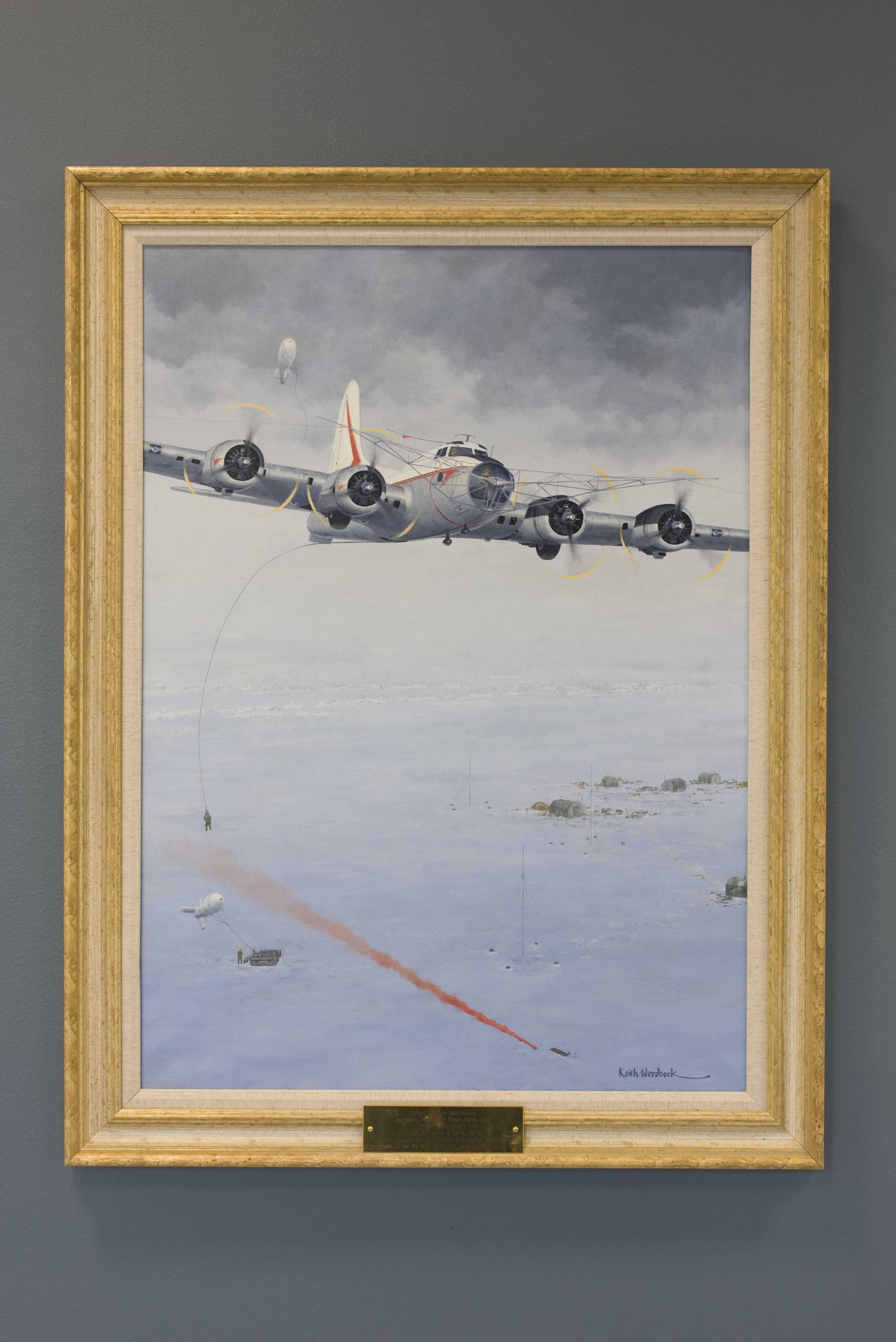
The 7-day mission in the Arctic yielded valuable intelligence on advanced Soviet technology. This painting is part of CIA’s Intelligence Art Gallery.
1974: Glomar/AZORIAN
Imagine standing atop the Empire State Building with an 8-foot-wide grappling hook on a 1-inch-diameter steel rope. Your task is to lower the hook to the street below, snag a compact car full of gold, and lift the car back to the top of the building. On top of that, the job has to be done without anyone noticing.
That describes what CIA did in Project AZORIAN.
In 1974, CIA built a ship called the Glomar Explorer to secretly snatch a wrecked Soviet submarine from the bottom of the Pacific Ocean.
The cover story was that billionaire Howard Hughes was conducting marine research at extreme ocean depths and mining manganese nodules lying on the sea bottom. However, news reports on March 18, 1975 exposed the Glomar Explorer and its secret mission.
Nevertheless, it was one of the greatest intelligence successes of the Cold War.
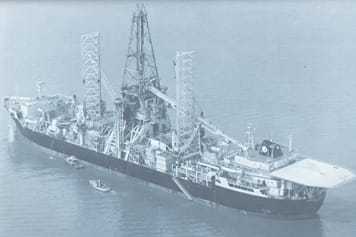
While the public believed the Hughes Glomar Explorer to be a vessel for deep sea mining, CIA was really using the ship to search for a sunken Soviet submarine.
1980: ARGO
On November 4, 1979, militant Islamic students took over the U.S. Embassy in Tehran, Iran, and took hostage 66 U.S. personnel inside. Avoiding capture that day were six U.S. State Department employees who took refuge in the homes of Canadian Embassy officers.
The U.S. Government, with the help of the Canadian Government, developed several major operations to address this national crisis.
Among them was a scheme developed by a small team of CIA disguise and false-documentation specialists to exfiltrate the “Canadian Six” (as they became known) from the country by pretending to be a film productions team scouting for a suitable filming location in Tehran. To help facilitate the rescue, the CIA team set up “Studio Six Productions” and titled its new production “Argo.”
On January 28, 1980, CIA successfully exfiltrated the six U.S. diplomats from Iran.
https://www.cia.gov/legacy/museum/exhibit/rescue-of-the-canadian-six-n-a-classic-case-of-deception/
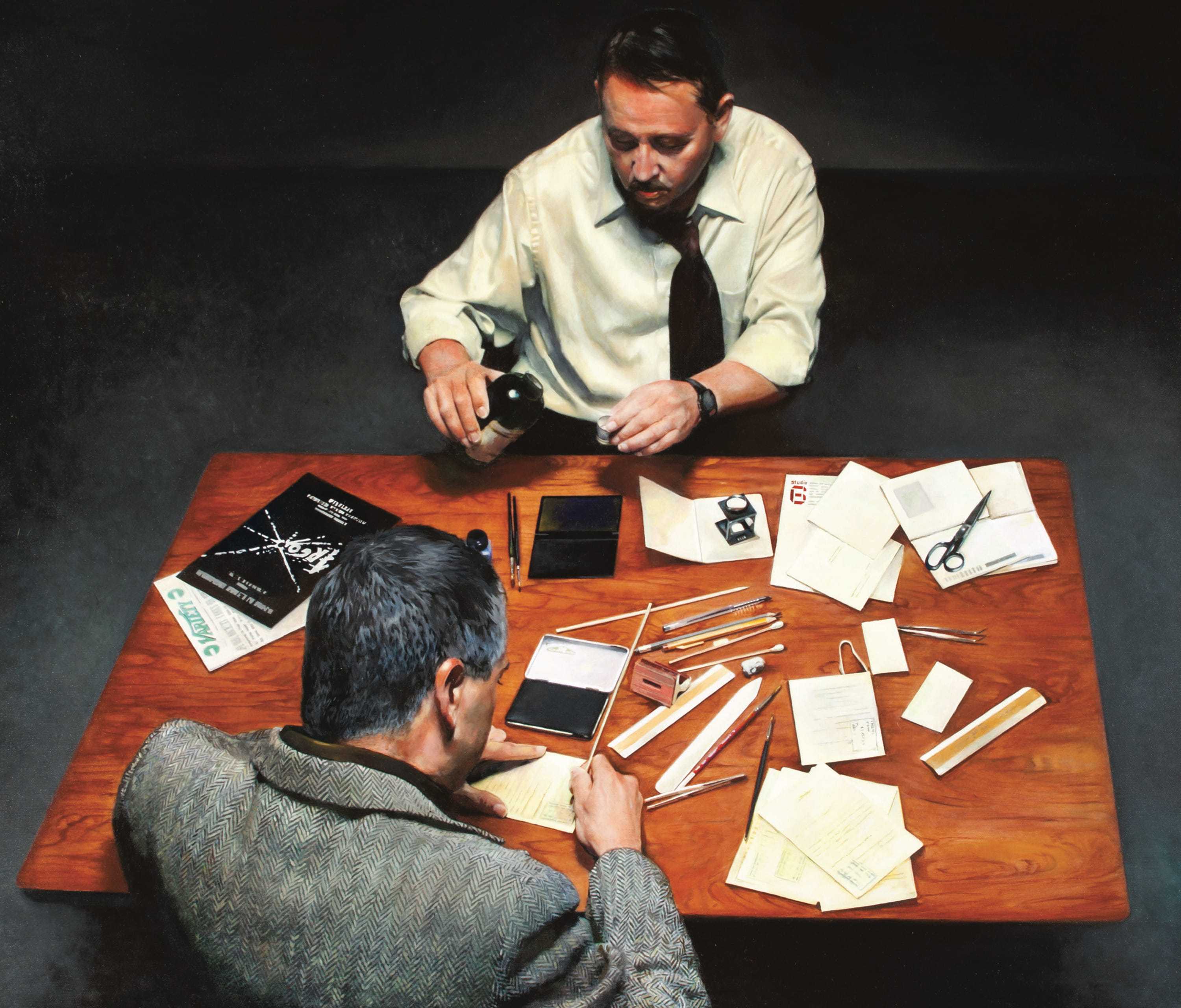
2001: JAWBREAKER
In the aftermath of the tragic terrorist attacks of September 11, 2001, President George W. Bush ordered CIA Director George Tenet to launch operations against the al-Qa’ida terrorist organization and its Taliban supporters in Afghanistan.
This order called for the CIA to collect real-time, actionable intelligence to help shape the battlefield and to use all means to target al-Qa’ida.
On September 26, 2001, within 15 days of the attacks on U.S. soil, the first team of Americans—the CIA officers of Operation JAWBREAKER—were on the ground and operating in Afghanistan.
https://www.cia.gov/stories/story/cias-mi-17-helicopter-comes-home/
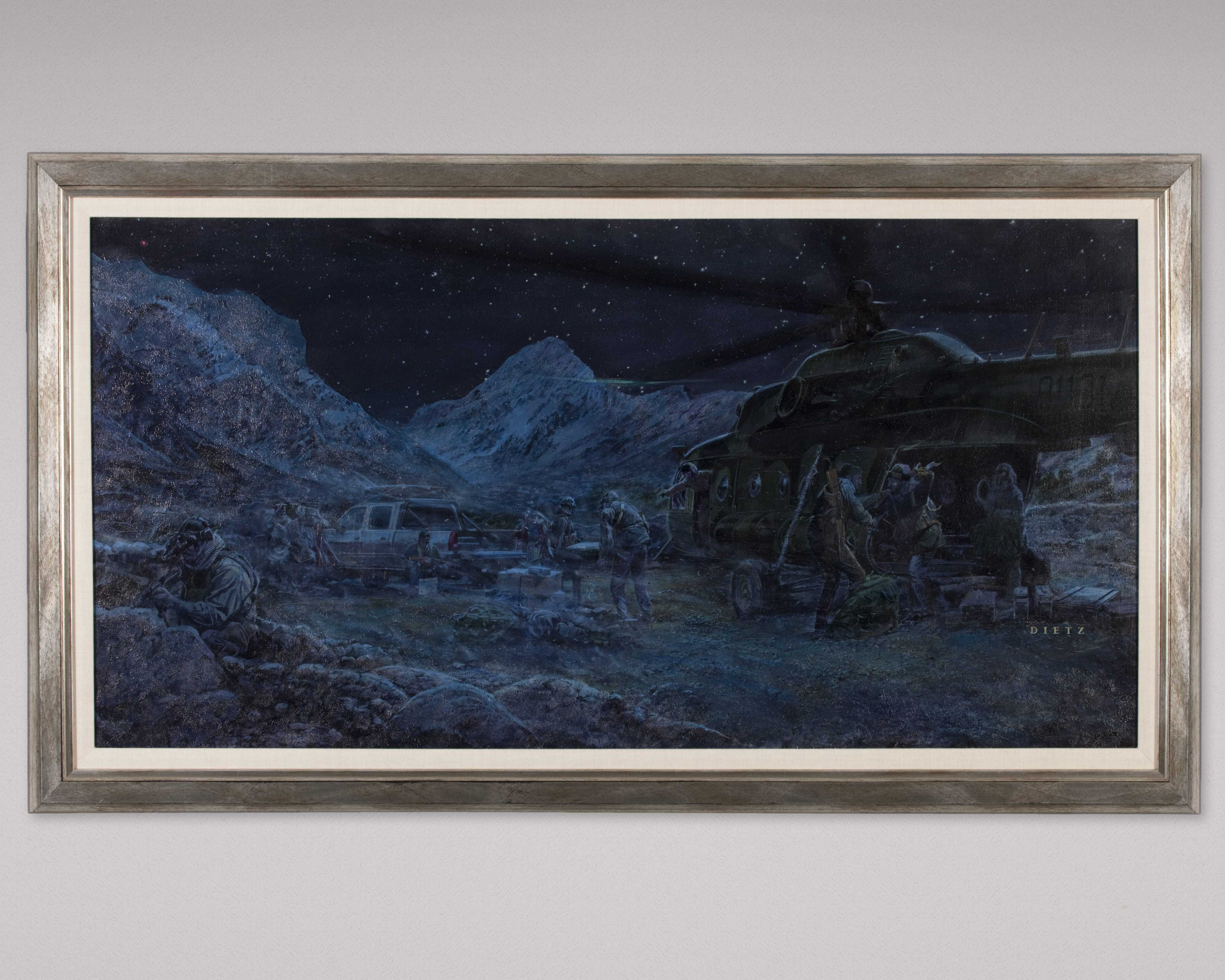
Following the September 11 attacks, CIA was first on Afghan ground to target al-Qa’ida. The specialized teams endured hostile conditions to carry out their operations.
2011: Abbottabad Mission
On May 1, 2011, a U.S. military raid on an al-Qa’ida compound in Abbottabad, Pakistan, killed Usama Bin Ladin, America’s most wanted terrorist.
The mission’s success was the culmination of many years of complex, thorough, and highly advanced intelligence operations and analyses led by the CIA with support from partners across the Intelligence Community.
The operation, authorized by President Barack Obama on April 29, was a surgical raid by a small team of special operations forces designed to minimize collateral damage and to pose as little risk as possible to noncombatants on the compound or to Pakistani civilians in the neighborhood. In the aftermath, Bin Ladin was positively identified via several independent means.
https://www.cia.gov/legacy/museum/exhibit/the-final-chapter-in-the-hunt-for-bin-ladin/

An illustrated diagram of the Abbottabad Compound.
